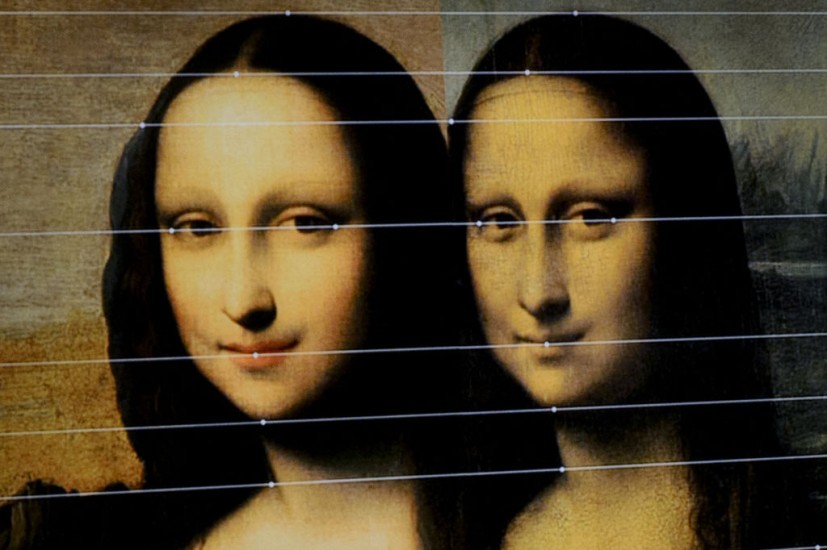The second version of "Mona Lisa," by the legendary Renaissance artist Leonardo da Vinci, has mystified art scholars for decades. Also known as the "Isleworth Mona Lisa," the piece depicts the same subject, albeit looking a bit younger in this piece, as the one in the revered and final version of the painting currently hanging in the Louvre.
Allegedly, this version of Da Vinci's masterpiece was "the earlier" of the two "Mona Lisas," painted a whole decade beforehand. At least, that's what the Swiss-based "Mona Lisa Foundation" believes.
In a statement to The Times, Joël Feldman, general secretary of the foundation, said: "We have proved beyond reasonable doubt that Leonardo painted two Mona Lisas and this is the only candidate to be the second."
The foundation is currently displaying the "Isleworth Mona Lisa" in its exhibition called "La Prima Monna Lisa," or "The First Mona Lisa," held at the Promotrice delle Belle Arti Gallery in Turin, Italy. The showcase started last Nov. 24 and will last until May 26, next year.

What is the 'Isleworth Mona Lisa'?
According to the foundation, Da Vinci would have likely made the painting in 1505, as the portrait of a Florentine woman named Lisa Gherardini, the wife of silk merchant Francesco del Giocondo. The merchant was also believed to have been the one who commissioned the artist for the piece.
Unlike in its former version, the foundation said that this painting's backdrop is set in a pastoral environment and was left "unfinished." In addition, the subject is also surrounded on either side by two columns.
Its name, "Isleworth Mona Lisa," was derived from the fact that it was previously owned by an art dealer in West London. The dealer in question is Hugh Blaker, who consequently obtained the painting in 1913 after he believed it to be a genuine piece by the famed Renaissance artist.
However, in 1936, it was acquired by American collector Henry Pulitzer, who was also fully convinced the painting was an authentic Da Vinci work. It was eventually bought by its current owners, who are represented by the Mona Lisa Foundation.
Read also: A Royal Opportunity: $35 Million Diego Velázquez Portrait of Spanish Queen to Auction at Sotheby's
Skepticism Surrounding the Da Vinci Artwork's Authenticity
Martin Kemp, former professor of art history at the University of Oxford and notable expert on Leonardo da Vinci's works, told Artnet that he doesn't believe the "Isleworth" painting was made by Da Vinci. The emeritus professor continued by saying the foundation is just "trying to promote [the painting] again," which Kemp shared was common practice for syndicates in an attempt to raise the value of a piece.
Kemp also rebuked the notion that the second version of the painting was made prior to the famed iteration of the Mona Lisa, which was thought to have been made around 1503 and 1517. For him, there was simply "no indication" of such a claim being true, in addition to the common knowledge among art historians that Da Vinci only paints on wooden surfaces, as opposed to the canvas used by the "Isleworth" iteration.
Lastly, Kemp pointed towards the "softness" of Da Vinci's work as evidence against the foundation's claims, saying that the Renaissance master uses layers upon layers of binding material mixed with small pigments to establish a "very elusive" subdued effect, something the "Isleworth Mona Lisa" did not possess due to its "finished picture" look.